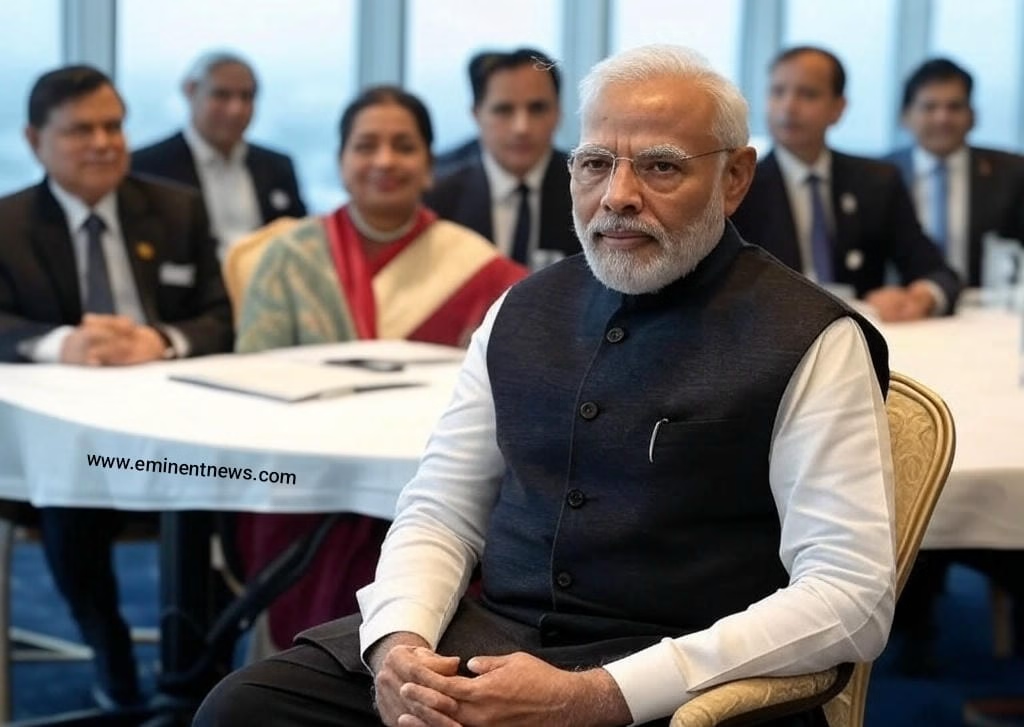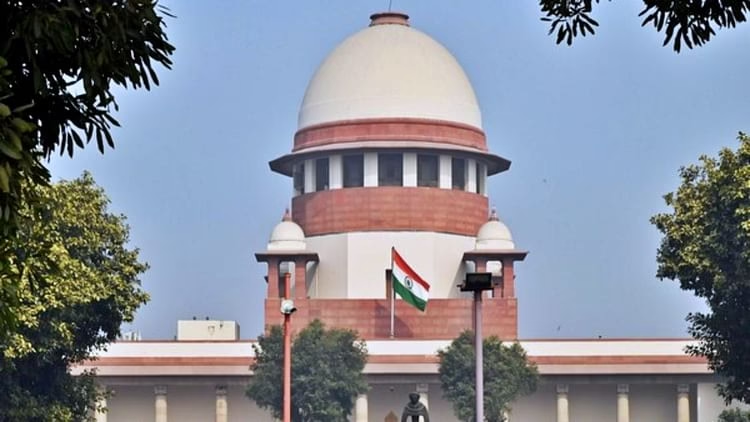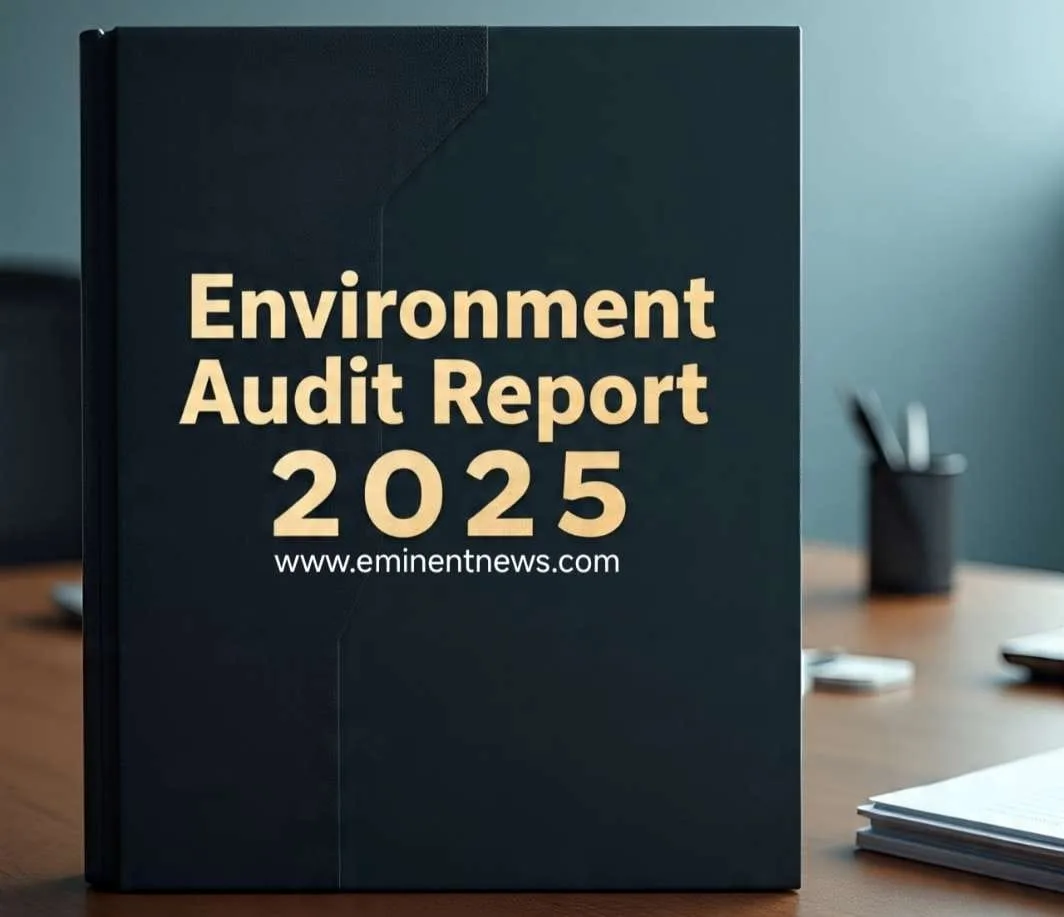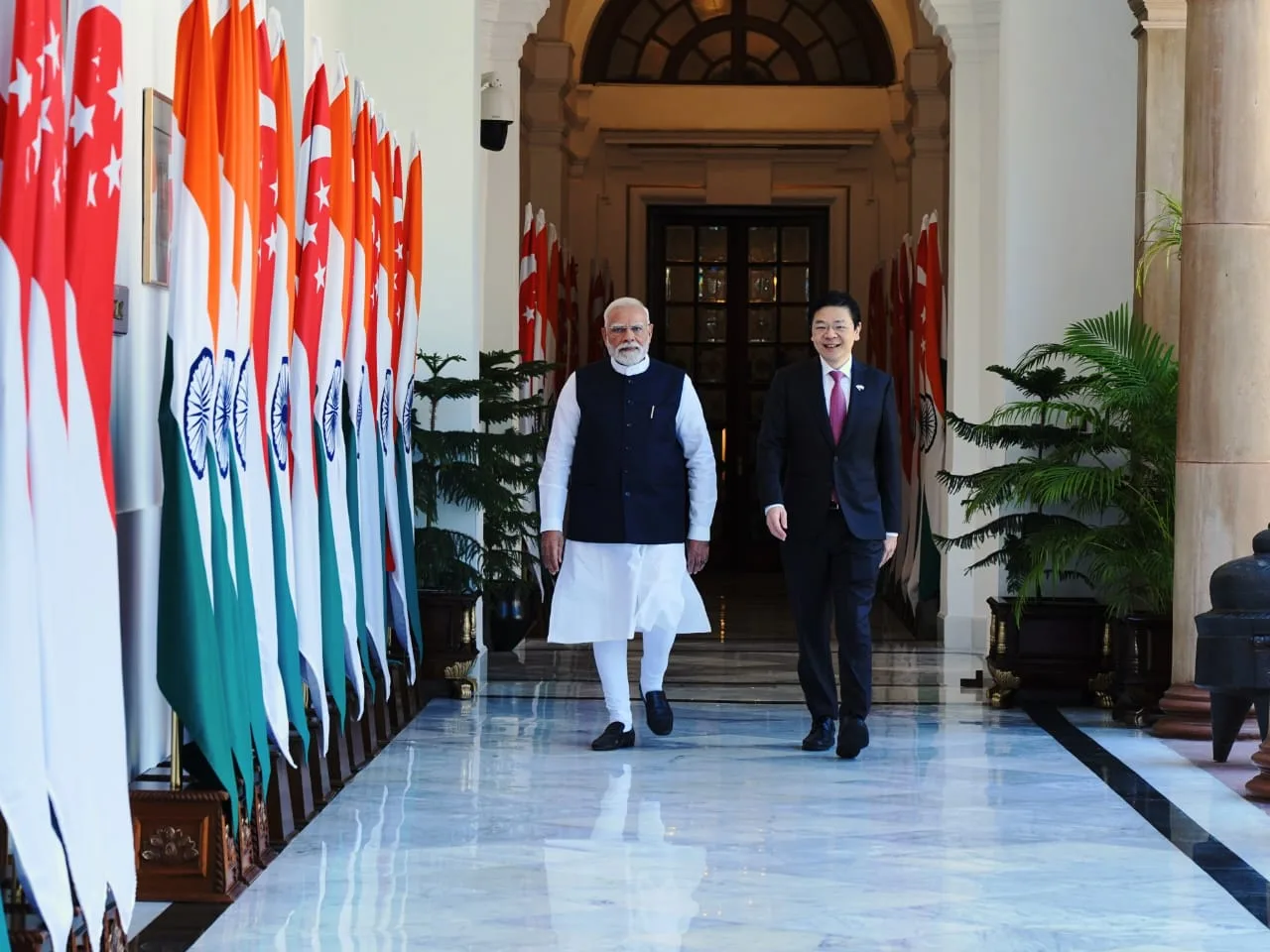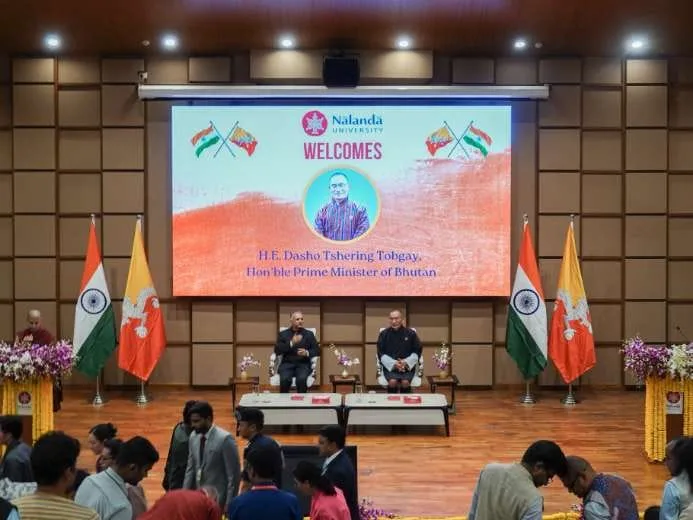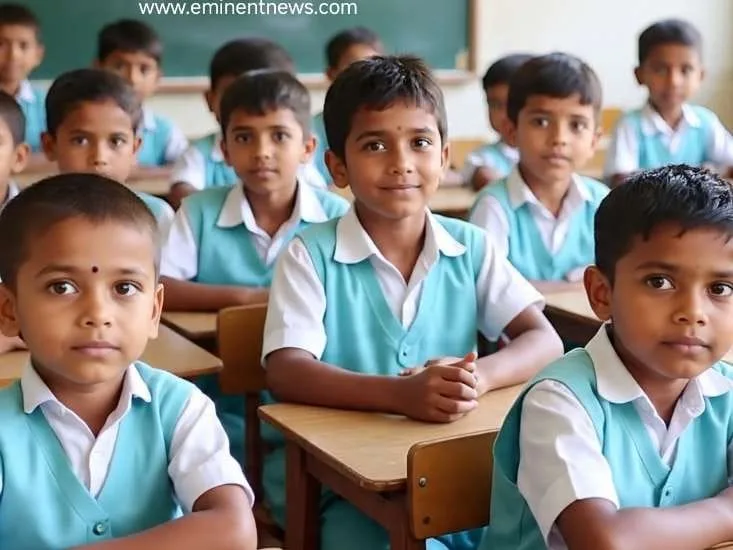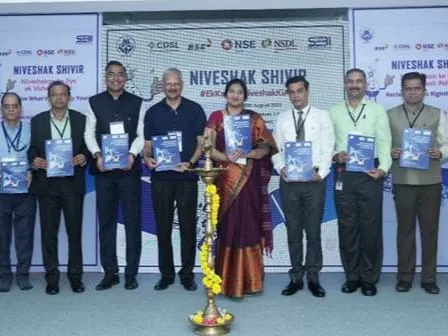The National Education Policy (NEP) 2020 is a comprehensive framework to revamp the education system in India . It aims to create a modern, holistic, and equitable education system rooted in Indian ethos .
Key Pillars:
- The NEP 2020 is built on five guiding pillars: Access, Equity, Quality, Affordability, and Accountability .
Major Goals and Features:
- Universal Access: Ensuring universal access to education at all levels from pre-primary school to Grade 12 .
- Equitable Education: Providing equitable access to quality education to reduce disparities between rural and urban areas .
- Holistic Development: Education should develop cognitive skills (literacy and numeracy, critical thinking, problem-solving) and social and emotional skills (cultural awareness, empathy, teamwork, leadership, communication) .
- New Curricular Structure: Shifting from the 10+2 structure to a 5+3+3+4 system covering ages 3-18 . This includes three years of pre-schooling for children aged 3-6 .
- Foundational Stage (5 years): Includes 3 years of pre-primary and Grades 1-2.
- Preparatory Stage (3 years): Grades 3-5.
- Middle Stage (3 years): Grades 6-8.
- Secondary Stage (4 years): Grades 9-12.
- Emphasis on Foundational Literacy and Numeracy (FLN): Achieving FLN by Grade 3 by 2025, focusing on reading and basic numerical skills .
- Mother Tongue Instruction: Emphasizing native languages for teaching, suggesting the use of the mother tongue until at least Grade 5, preferably until Grade 8 .
- Curriculum Reduction: Reducing curriculum load in each subject to its core essentials, making space for holistic, discussion, and analysis-based learning .
- Vocational Education: Integrating vocational education from pre-school to 12th standard, starting vocational exposure in Grade 6 with internships .
- Higher Education Reforms:
- Moving towards multidisciplinary and holistic education .
- Providing institutional autonomy .
- Promoting quality research through the establishment of the National Research Foundation .
- Offering flexible undergraduate degrees with multiple exit options and an Academic Bank of Credit to store earned credits digitally .
- Technology Integration: Integrating technology into education through energized textbooks, e-content, and online courses . Establishment of the National Educational Technology Forum (NETF) .
- Teacher Training: Strengthening teacher training and continuous professional development .
- Increased Public Investment: Increasing public investment in education to reach 6% of GDP .
- Multidisciplinary Approach: Eliminating rigid distinctions between arts and sciences, curricular and extra-curricular activities, and vocational and academic streams .
- Revised Regulatory Framework: Revamping all aspects of the education structure, including school regulation and governance .
- Internationalization: Encouraging collaborations with foreign universities and supporting faculty exchange programs .
Vision:
- Transforming India into an equitable and vibrant knowledge society by providing high-quality education to all .
- Making India a global knowledge superpower .
Implementation:
- The policy requires collective efforts from the central and state governments, Union Territories, Higher Education Institutions (HEIs), regulatory agencies, and other stakeholders .
In summary, NEP 2020 envisions a comprehensive overhaul of the Indian education system, emphasizing holistic development, access, equity, and the integration of technology and Indian values . It aims to prepare India’s youth to meet the challenges of the 21st century and beyond .
How does NEP 2020 impact higher education in India?
NEP 2020 brings significant reforms to the higher education landscape in India, aiming to transform it into a more holistic, multidisciplinary, and research-oriented system. Here’s how:
1. Multidisciplinary and Holistic Education:
- Breaking Silos: NEP 2020 aims to break down the rigid boundaries between disciplines . Institutions are encouraged to offer a broader range of subjects, allowing students to customize their degrees .
- Liberal Arts Focus: It promotes a liberal arts approach, combining arts, humanities, sciences, and vocational subjects .
- Holistic Development: The focus is on developing well-rounded individuals with critical thinking, creativity, and innovation skills .
2. Restructuring Degree Programs:
- Multiple Entry and Exit Options: Undergraduate degree programs will offer multiple entry and exit points .
- A 1-year certificate
- A 2-year diploma
- A 3-year bachelor’s degree
- A 4-year bachelor’s degree with research
- Academic Bank of Credit (ABC): An ABC will be established to digitally store academic credits earned from various Higher Education Institutions (HEIs) . This allows students to transfer credits easily and resume their education after a break .
3. Institutional Restructuring and Autonomy:
- HEI Categories: HEIs will be categorized into three types: research-intensive universities, teaching-intensive universities, and autonomous degree-granting colleges .
- Greater Autonomy: HEIs will be granted greater autonomy in academic, administrative, and financial matters .
- Affiliation System Phase-Out: The affiliation of colleges will be phased out over 15 years, with colleges becoming autonomous degree-granting institutions or constituent colleges of a university .
4. Research and Innovation:
- National Research Foundation (NRF): The NEP proposes establishing an NRF to fund and promote high-quality research across disciplines .
- Research Culture: The policy aims to create a vibrant research culture in HEIs, encouraging faculty and students to engage in research and innovation .
5. Regulation and Accreditation:
- Higher Education Commission of India (HECI): A single overarching regulator, the HECI, will be set up to regulate higher education, excluding medical and legal education .
- National Accreditation Council (NAC): Accreditation will be strengthened, and all HEIs will be accredited based on transparent and objective criteria .
6. Internationalization:
- Foreign University Collaboration: NEP 2020 facilitates the entry of top-ranked foreign universities to set up campuses in India .
- International Collaboration: Indian HEIs are encouraged to collaborate with foreign institutions for research, faculty exchange, and student mobility .
7. Teacher Education:
- Integrated Teacher Education Programmes (ITEP): The policy emphasizes the need for high-quality teacher education .
- Professional Standards: Common guiding set of National Professional Standards for Teachers (NPST) will be developed .
8. Technology Integration:
- National Educational Technology Forum (NETF): The NEP envisions the integration of technology at all levels of education . A NETF will be created to provide a platform for the exchange of ideas on using technology to enhance learning, assessment, planning, and administration .
Impact and Outcomes:
- Improved Quality: The reforms aim to improve the quality of higher education, making it more relevant to the needs of the 21st century .
- Enhanced Employability: By focusing on holistic development and vocational skills, the policy aims to enhance the employability of graduates .
- Global Competitiveness: The NEP 2020 aims to make Indian HEIs globally competitive and attract international students .
In summary, NEP 2020 seeks to transform higher education in India through multidisciplinary approaches, flexible degree programs, enhanced research, and greater institutional autonomy . The goal is to create a dynamic and forward-looking higher education system that prepares students for the challenges and opportunities of the future .
Several potential issues and challenges :
While the National Education Policy (NEP) 2020 is a progressive framework, its implementation faces several potential issues and challenges .
1. Implementation Challenges:
- Complexity: The NEP is a comprehensive policy covering a wide range of areas, making its implementation complex and requiring significant coordination among various stakeholders .
- Lack of Integration: There can be lags in the integration of different aspects of the policy, such as technology and pedagogy .
2. Funding and Resource Allocation:
- Financial Resources: Implementing the NEP requires substantial investment, and the policy document does not provide clear guidelines on how the funding will be raised .
- Infrastructure: Inadequate infrastructure and resources, along with a shortage of trained teachers, pose challenges to providing quality education, especially in remote and rural areas .
- Digital Divide: Unequal access to technology and internet connectivity, particularly in rural areas, can hinder the effective use of technology-mediated interventions .
3. Teacher Training and Development:
- Teacher Preparedness: The NEP emphasizes experiential and practice-based learning, requiring educators to adopt new teaching methodologies. However, many teachers lack the necessary training and skills to implement these methods effectively .
- Quality of Teaching: Shortage of qualified teachers, lack of resources, and outdated curriculum remain challenges in improving the quality of teaching and learning .
4. Language Policy:
- Three-Language Formula: The proposed three-language formula has sparked controversy in some states, raising concerns about the potential imposition of a particular language and the undermining of linguistic diversity .
5. Equity and Inclusion:
- Existing Inequalities: The education system suffers from various forms of inequality, including gender, socio-economic, and regional disparities, making it challenging to achieve inclusivity .
6. Private Sector Involvement:
- Commercialization: Emphasizing the involvement of the private sector in education raises concerns about the potential commercialization of education and the widening of existing inequalities .
7. Assessment System:
- Implementation of New System: Implementing the new assessment system, which focuses on the holistic development of students, may be challenging, especially in rural areas with limited resources .
8. Cultural Diversity:
- Lack of Funding: Implementing cultural diversity in school classrooms requires substantial funding, but the policy lacks specific directions on how this funding will be generated .
9. Governance:
- Coordination: Implementing a decentralized system of governance in higher education requires the development of new mechanisms for coordination and collaboration between different stakeholders .
10. Other Concerns:
- Curriculum Load: Reducing curriculum load while ensuring comprehensive learning can be a difficult balance to strike .
- Skill Development: Integrating skill development effectively requires careful planning and resources .
In summary, while NEP 2020 offers a transformative vision for education in India, its successful implementation hinges on addressing challenges related to funding, infrastructure, teacher training, equity, and effective coordination among all stakeholders .

